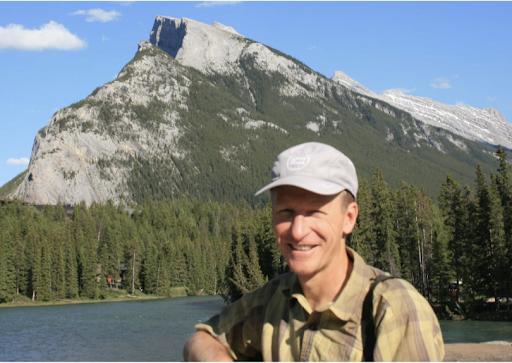Dr. Abe Springer Gives Lecture on Springs

Professor Springer studies and teaches on local and regional groundwater flow and human effects on those systems; Springs guest lectured at Union, but teaches at Northern Arizona University.
September 29, 2022
Last Tuesday at common hour, Union College hosted Dr. Abraham Springer of Northern Arizona University. Dr. Springer spoke to share his accomplishments in his work with springs, and to recognize the honor of his Birdsall-Driess Distinguished Lecturer award from the Geological Society of America.
In his lecture, Dr. Spriner introduced his study and classification of characteristics of many different types of springs. Dr. Springer also discussed his 2009 paper in the journal Hydrogeology, in which a “consistent and comprehensive” classification of spring characteristics was developed in hope of further interdisciplinary research on the subject. As pointed out by Dr. Springer, little comprehensive work between fields has been accomplished on springs. He hopes that his development of standard language to classify and observe streams will foster “eco-hydrological” field cooperation in research.
In discussing the importance of streams, Dr. Springer highlighted the paleontological importance of rich fossil yields found in spring areas, as spring ecosystems are key for groundwater systems. Many species that currently live in springs are either endemic to spring environments, or are restricted to or rely on environments and ecosystems that springs provide. Examples of spring-reliant organisms include manatees (which rely on warm spring currents when wintering in places like Florida), many fish species, and countless macroinvertebrate species, among others.
Dr. Springer also ponited out the cultural value of springs, whether from simply being beautiful and serene or possessing religious sanctity. Given the ecosystem services from springs that also benefit humans, Dr. Springer pointed out the need to protect them: overexploitation of resources like springwater is a major threat to the ability of springs and their key species to thrive. For example, agricultural water pumping in Nevada’s Devil Hole spring threatened a key spring source and put several species dependent on the spring on the federally endangered species list. Following a lawsuit by the government, the spring was placed under its protection and the area was added to Death Valley National Park. Dr. Springer pointed to this case as an example of effective protection of spring resources. The following day, Dr. Springer led a group of Union faculty and student participants on a trip to nearby Saratoga Springs to complete a survey of the Orenda Springs. Dr. Springer trained participants in spring classification and the completion of a spring ecosystem assessment. The Birdsall-Driess Lectures, initiated in 1978 by the Geological Society of America’s Hydrogeology Scientific Division, were started in memory of geologist John Manning Birdsall, himself of the U.S. Geological Survey’s Water Resources division. Dr. Shirley Driess of the University of California Santa Cruz was one of the most popular speakers of the series until her death in an auto accident in 1992, after which the series added her name in memoriam.






